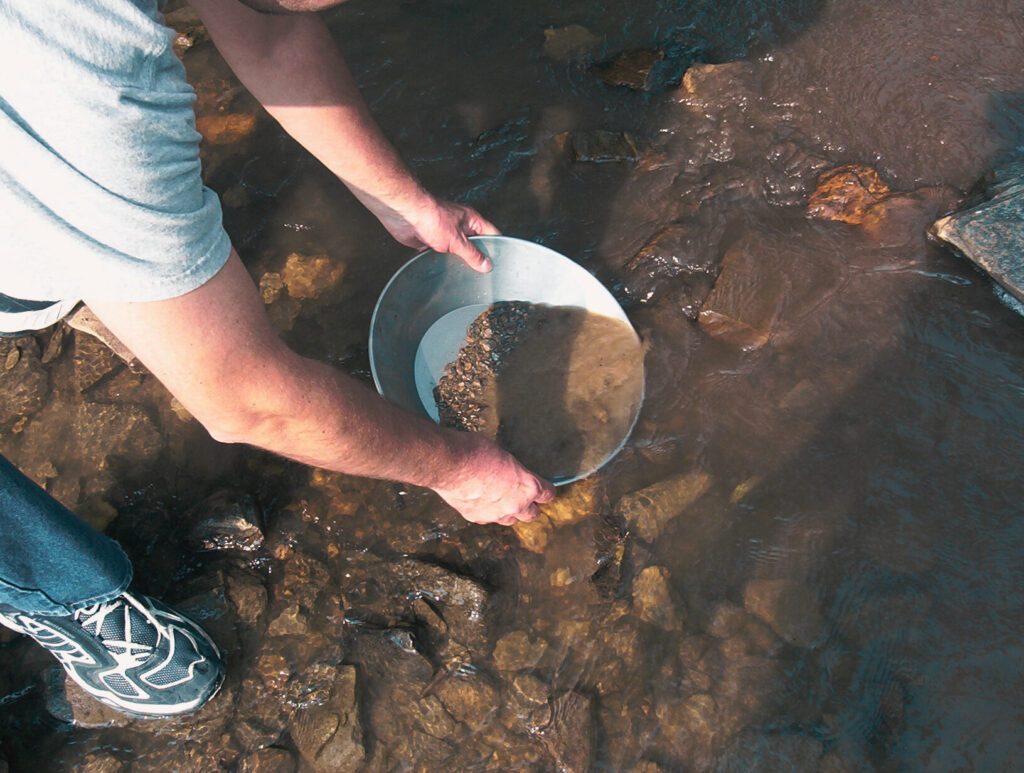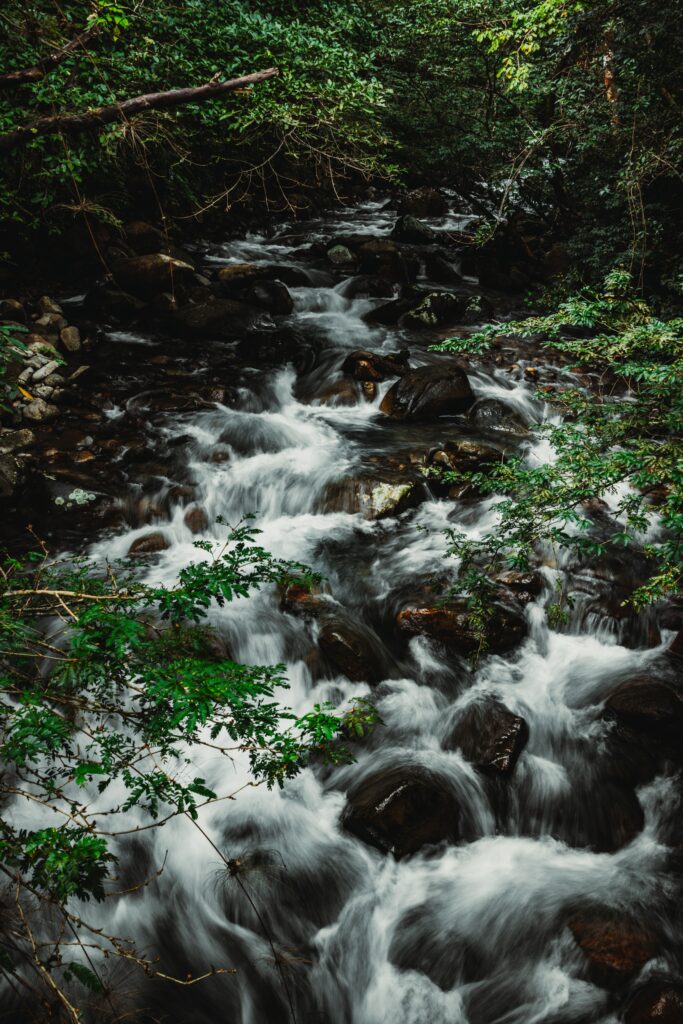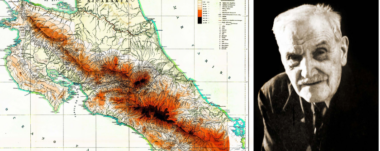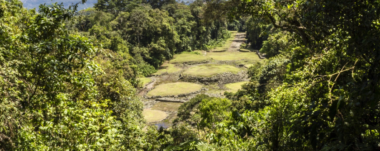Osa Peninsula: Land of Gold

The Osa Peninsula is where there is the greatest abundance of gold in the country. What are the consequences of this fact?
Osa Peninsula
The Osa Peninsula is one of the richest gold areas in Costa Rica. In fact, from pre-Columbian times to the present day, people have exploited this mineral.
In fact, the indigenous peoples used the rivers with auriferous waters to produce gold pieces, some of which are on display in the Pre-Columbian Gold Museum of the Central Bank.
Gold mining continued for many years afterwards. Between 1981 and 1989, 146,000 troy ounces of gold, or 4,526 kg of gold, were extracted from Corcovado Park.
Later, in 2013, there was talk of an invasion of some 250 people illegally extracting gold, to which was added an unknown number of people doing this activity outside of the park.
Gold rush?

In fact, the Osa Peninsula is not the only place in Costa Rica where there is gold on its lands.
In Crucitas, San Carlos, the Aguacate mountains and in the mines of Las Juntas de Abangares there is also the presence of this mineral. However, the Osa Peninsula is different in one aspect: gold is in the palm of your hand.
In fact, in Corcovado, gold is obtained in nuggets, which end up at the bottom of the rivers. To extract them, all you need is a pan and a lot of patience.
In places like Crucitas, the gold is found in the rock and to extract it, it is necessary to mine it, a heavier task.
For this reason, there is so much extraction in the Osa Peninsula: since pre-Columbian times, 20 tons of gold have been extracted.
Socio-environmental consequences

In a 2013 article in La Nación newspaper, it was stated that Corcovado Park’s biodiversity and ecosystems were threatened by environmental damage and contamination caused by the gold miners.
Let’s keep in mind that what can be extracted manually are only nuggets of a few grams in weight, so the gold diggers can spend hours until they get lucky.
Carmen González’s study analyzed gold mining in the Osa Peninsula from two perspectives: the impact of mining on natural systems and the impact on the gold mining group and their families.
The author argues that gold mining takes place in a humid environment, in a very fragile and high-risk morphodynamic environment. She mentions that the extractors are out in the open, surrounded by various dangers: flooding, stalking by wild animals and crime.
On top of that, gold mining at this site involves destroying elements of the ecosystem such as vegetation, soil and waste material. Mining involves two types of costs:
- the cost of area destroyed in terms of the economic value of the land
- the cost of the time it takes nature to reproduce a unit of space.
In 2023, the Ministry of Environment and Energy (MINAE) presented the National Action Plan for artisanal gold mining in Costa Rica to organize and reorient the mining activity, especially in the region of Abangares, Guanacaste.
What do you think about this?
Sensorial Sunsets
Navigate articles





